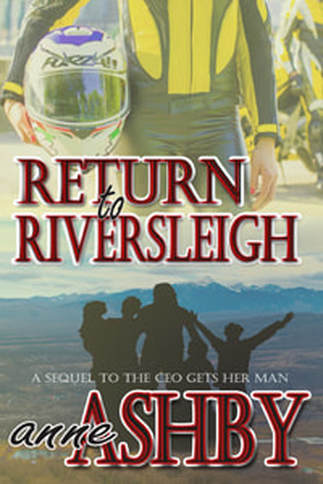
by Anne Ashby
A thrill-seeking adrenaline junkie like Luke Prescott, is the last thing Shannon needs in her life right now. After the death of her reckless husband, she’s financially forced back to her hometown, much to the despair of her teenage son, who still idolises the memory of his famous father.
The storyline focuses on the internal emotional turmoil Shannon endures as she tries to put her life back together, establish financial security, and repair her relationship with her son.
Luke Prescott, is still reeling from a family tragedy, which left him as the guardian of two young children he struggles to connect with. Trapped into a life as a reluctant farmer, his adventurous spirit rebels at the constraints thrust upon him so he decides to build an adventure park.
A love affair is not on Shannon’s agenda, especially with her new boss, but it’s hard to maintain indifference the more time she spends in Luke’s company. The dynamics between these two dysfunctional families change as they learn from each other.
The heat level is sweet romance, which on my scale equates to a story I’d be comfortable sharing with my mother.
As a Southland lass, I related to the setting, and I enjoyed the distinct ‘kiwi’ backdrop of rural and coastal New Zealand with a dash of adventure sport.
award-winning author
Author: Anne Ashby
Publisher: Wild Rose Press
ISBN: 978-1509218998
RRP: ebook US$3.74 via Wild Rose Press; US$5.72 via Amazon, or Barnes & Noble; print $US16.99
Available: paperback andKindle ebook from Amazon; http://www.thewildrosepress.com;and most online bookshops
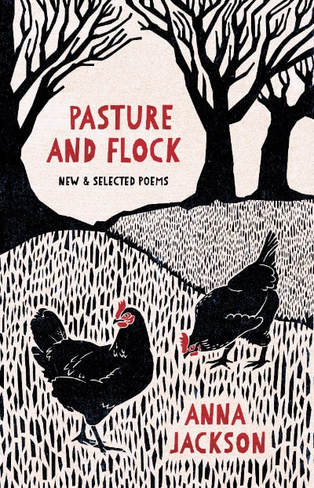
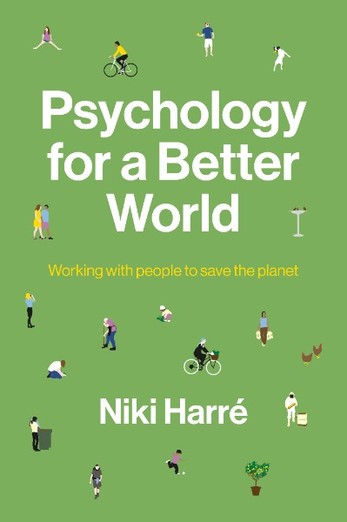
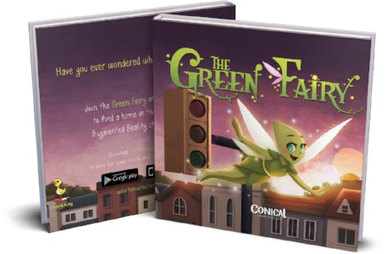
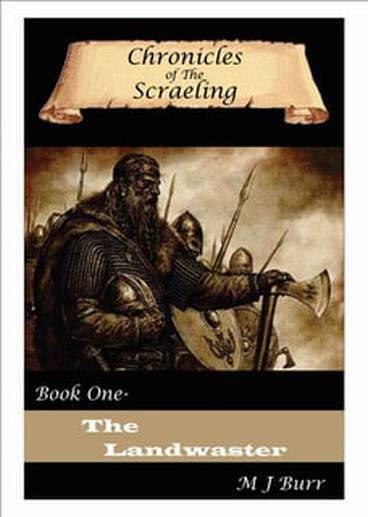
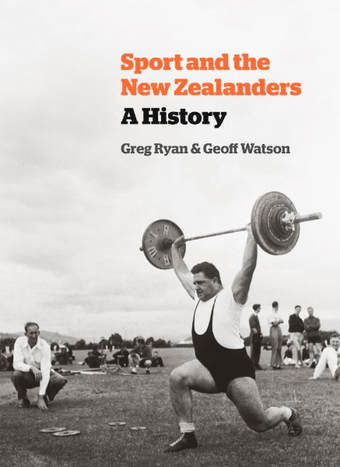
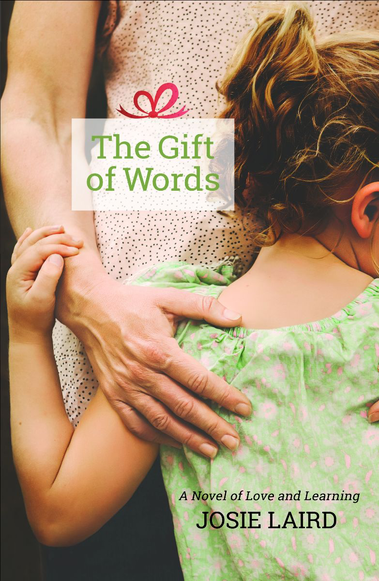
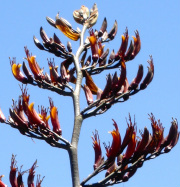
 RSS Feed
RSS Feed
